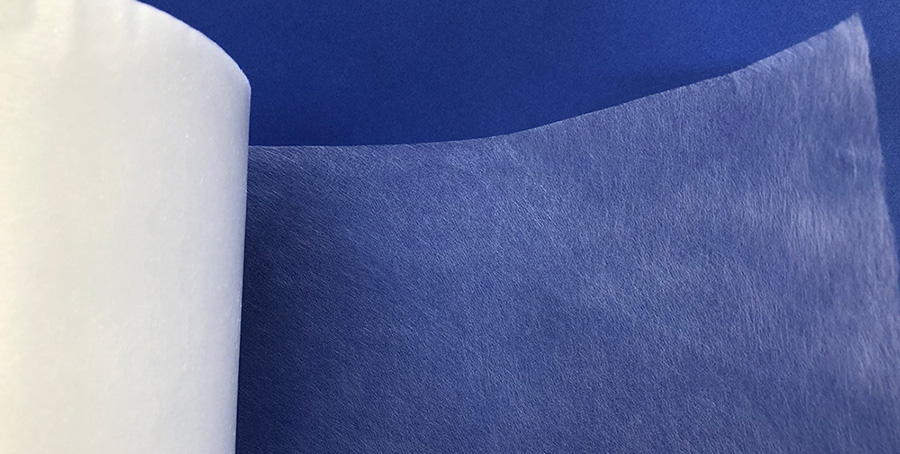Fiberglass gingham is an untwisted roving plain weave, which is an important base material for hand-laid fiberglass reinforced plastics. The strength of the gingham fabric is mainly in the warp and weft direction of the fabric. For occasions requiring high warp or weft strength, it can also be woven into a unidirectional fabric, which can arrange more untwisted rovings in the warp or weft direction. Warp fabric, single weft fabric.
Fiberglass cloth is to draw glass into very fine glass filaments, and the glass filaments at this time have good flexibility. The glass fiber is spun into yarn, and then woven into glass fiber cloth through a loom. Because the glass filament is extremely thin and the surface area per unit mass is large, the temperature resistance performance is reduced. It’s like melting a thin copper wire with a candle. But glass doesn’t burn. The burning we can see is actually the resin material coated on the surface of the glass fiber cloth, or the attached impurities, in order to improve the performance of the glass fiber cloth. After pure glass fiber cloth or some high temperature resistant coatings, it can be used to make products such as refractory clothing, refractory gloves, and refractory blankets. However, if it is in direct contact with the skin, the broken fibers will irritate the skin and it will be very itchy.
Fiberglass cloth is mostly used in the hand lay-up process, and the fiberglass reinforced material square cloth is mainly used in ship hulls, storage tanks, cooling towers, ships, vehicles, tanks, and building structural materials. Fiberglass cloth is mainly used in industry for: heat insulation, fire prevention and flame retardant. The material absorbs a lot of heat when it is burned by a flame and can prevent the flame from passing through and isolate the air.
1. According to the ingredients: mainly medium alkali, non-alkali, high alkali (to classify the components of alkali metal oxides in glass fiber), of course, there are also classifications by other components, but there are too many varieties, not one by one. enumerate.
2. According to the manufacturing process: crucible wire drawing and pool kiln wire drawing.
3. According to the variety: there are plied yarn, direct yarn, jet yarn, etc.
In addition, it is distinguished by single fiber diameter, TEX number, twist, and type of sizing agent. The classification of fiberglass cloth is the same as the classification of fiber yarn. In addition to the above, it also includes: weaving method, gram weight, width, etc.
The main material difference between fiberglass cloth and glass: The main material difference between fiberglass cloth and glass is not big, mainly due to the different material requirements during production, so there are some differences in the formula. The silica content of flat glass is about 70-75%, and the silica content of fiberglass is generally below 60%.
Post time: Jul-14-2022


